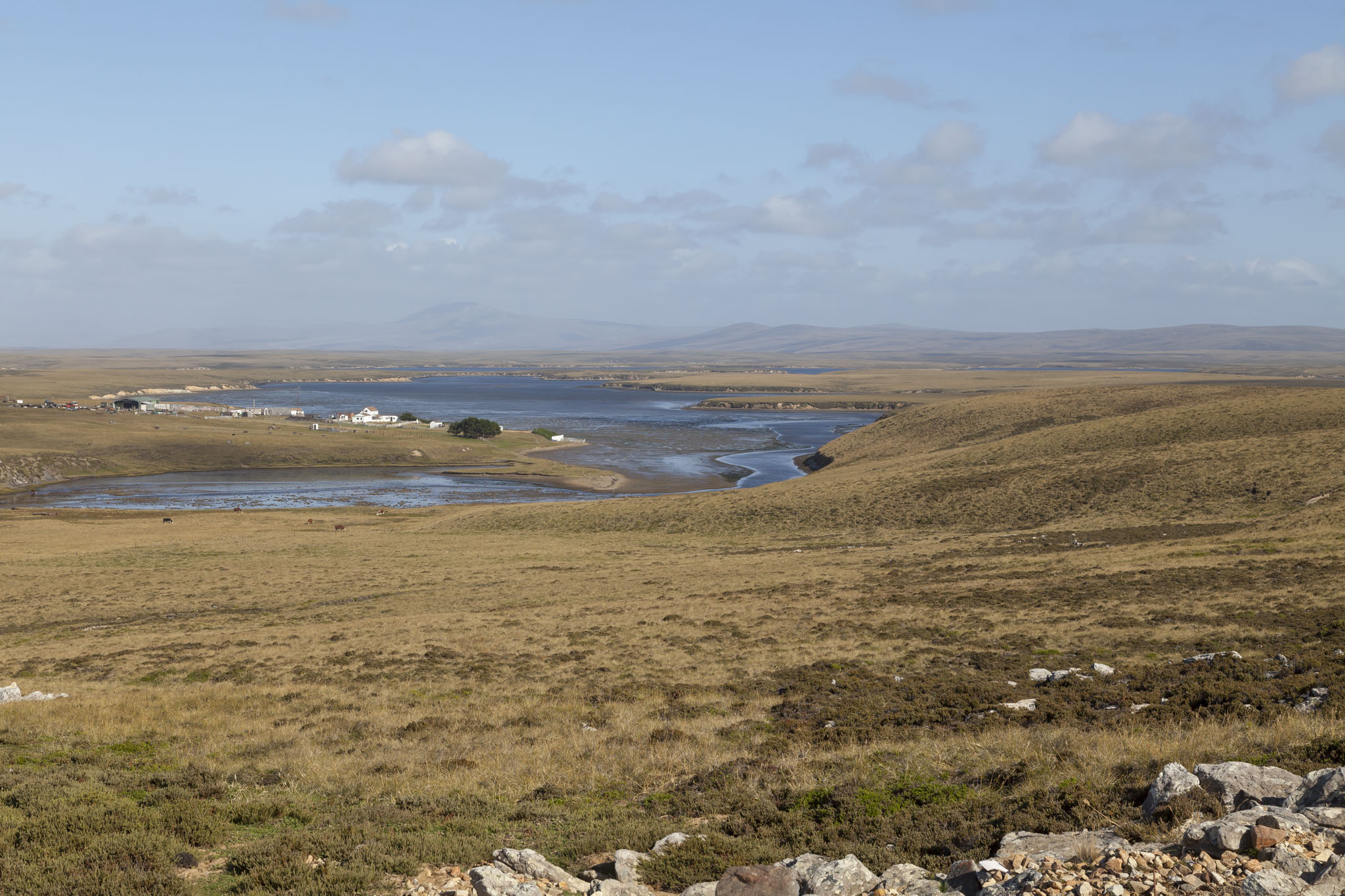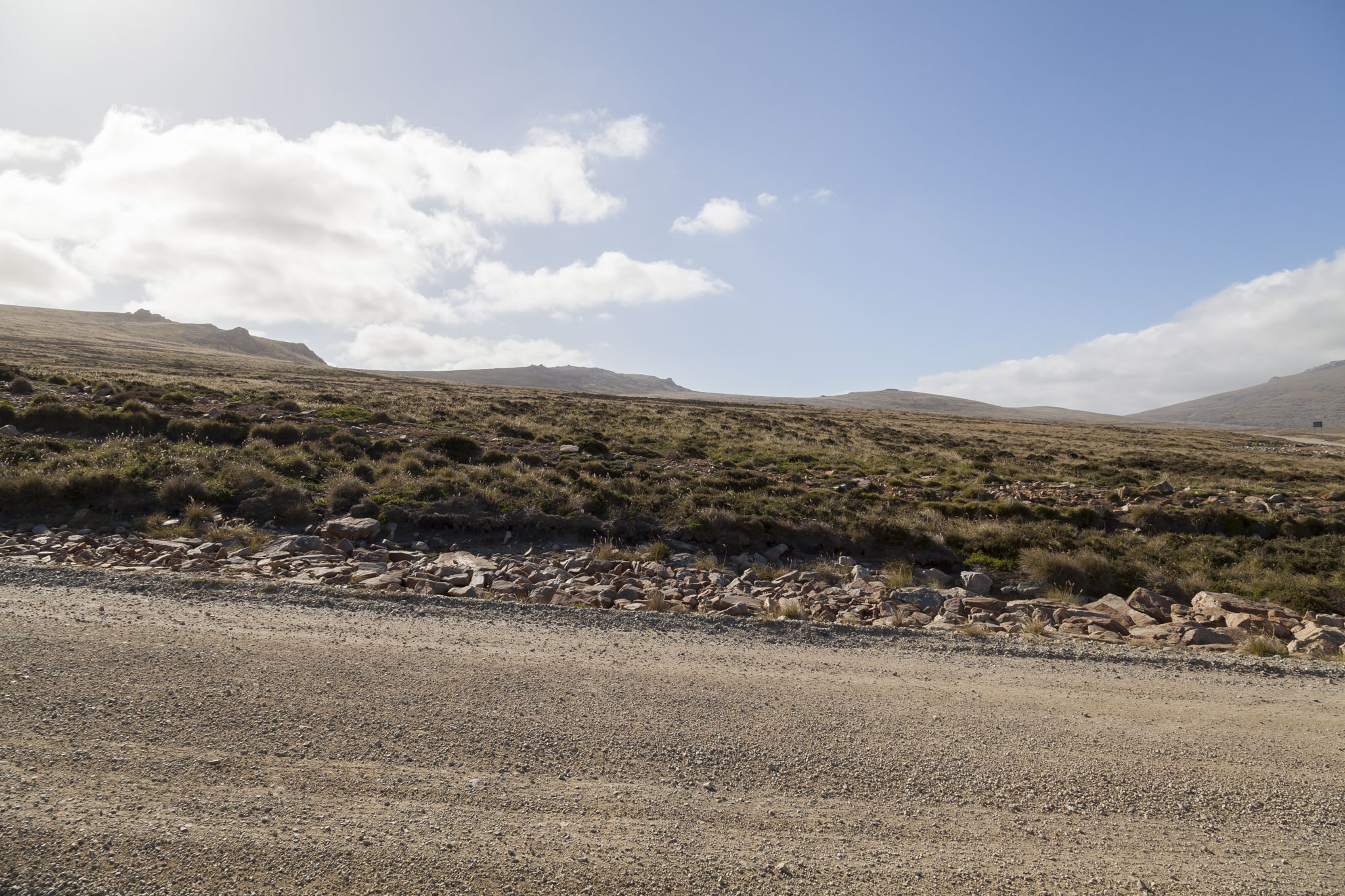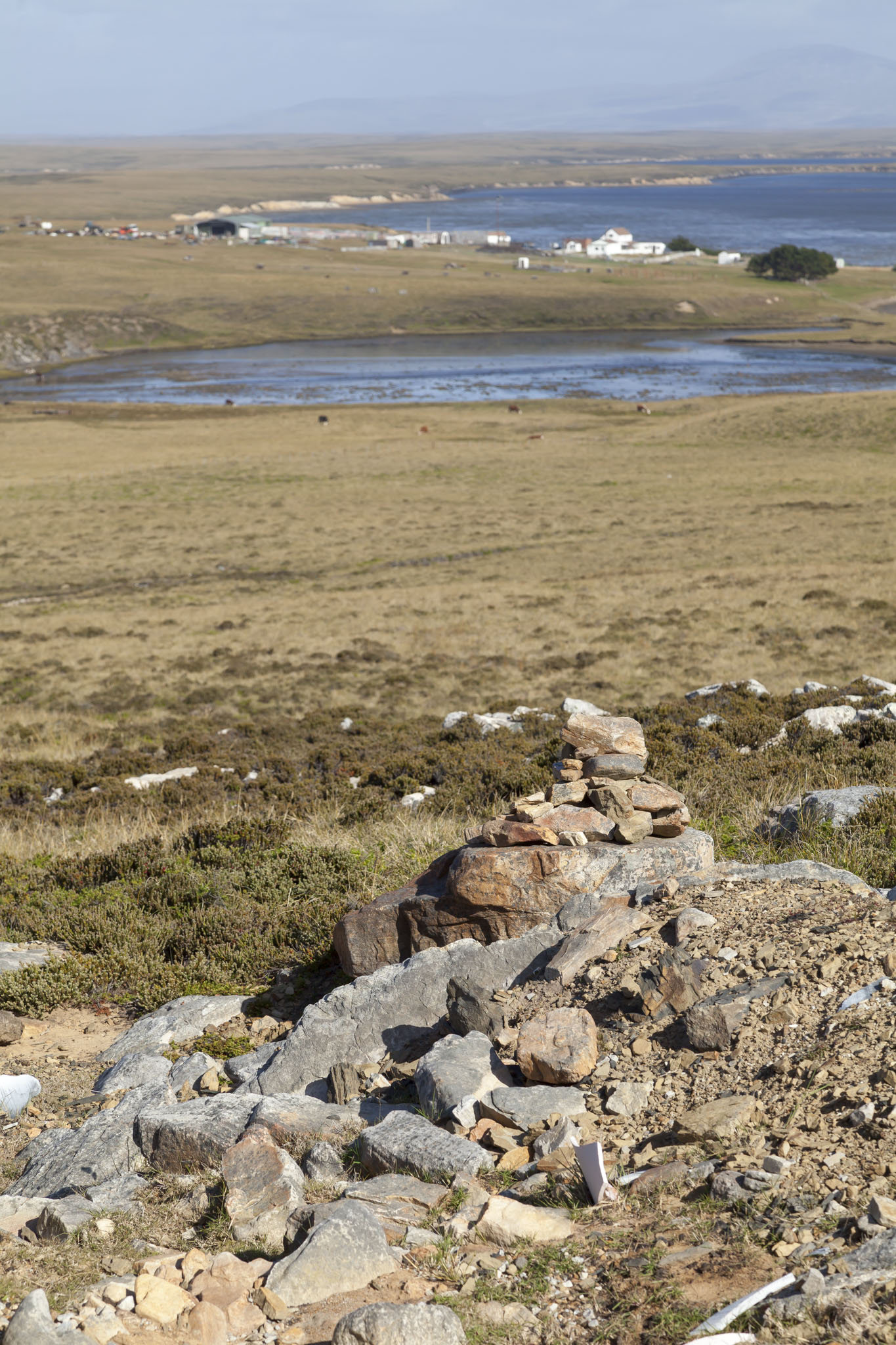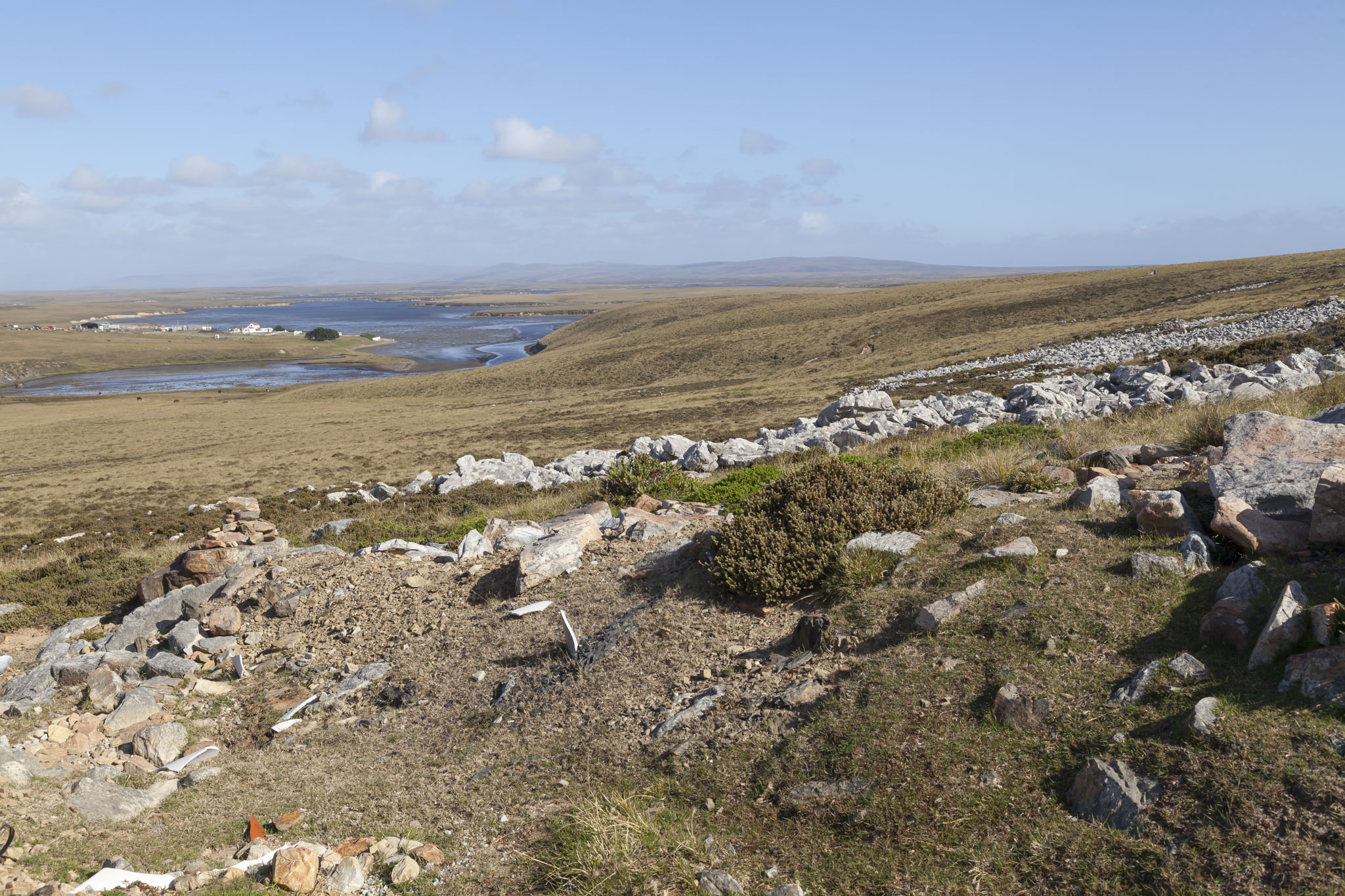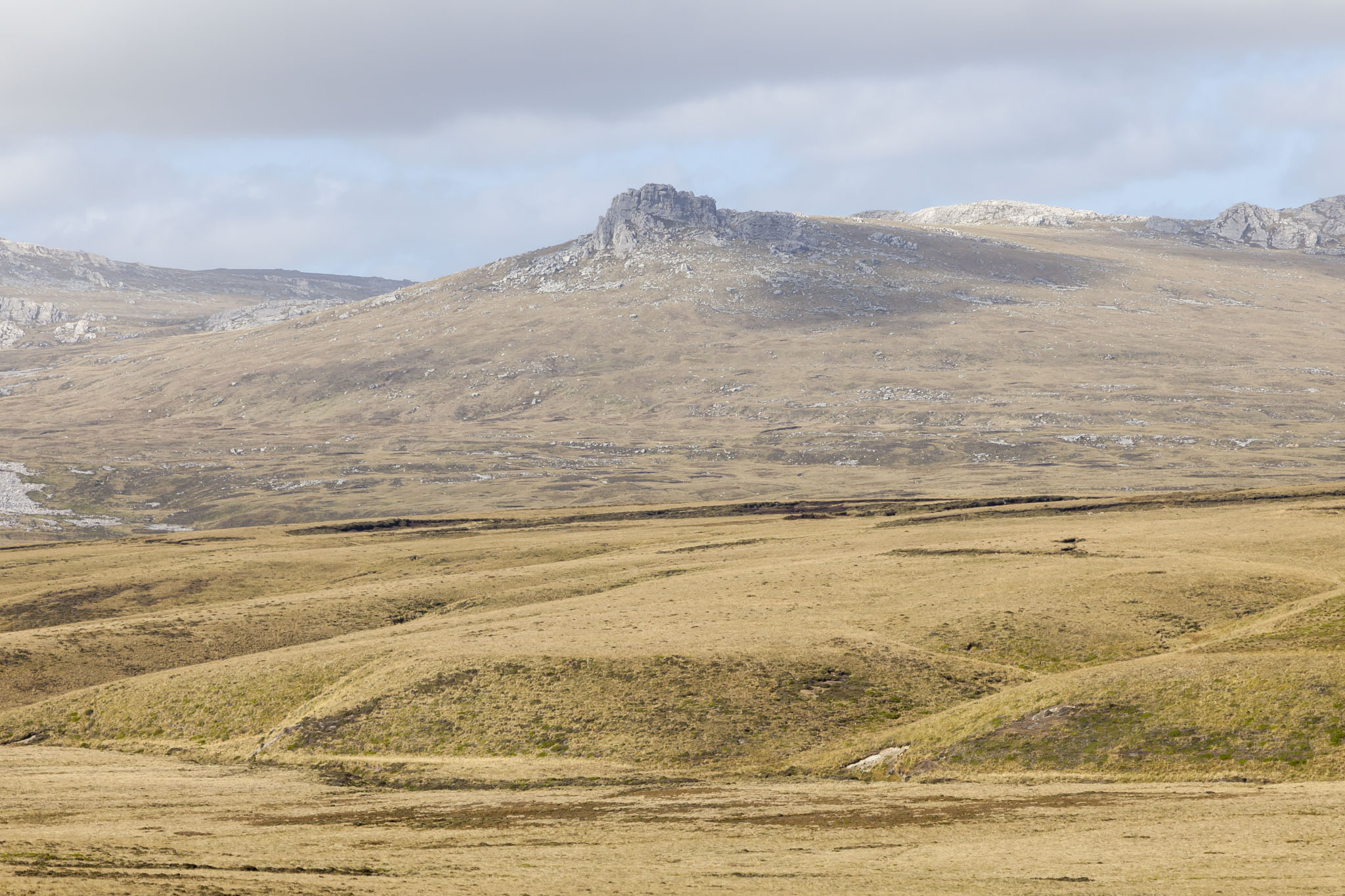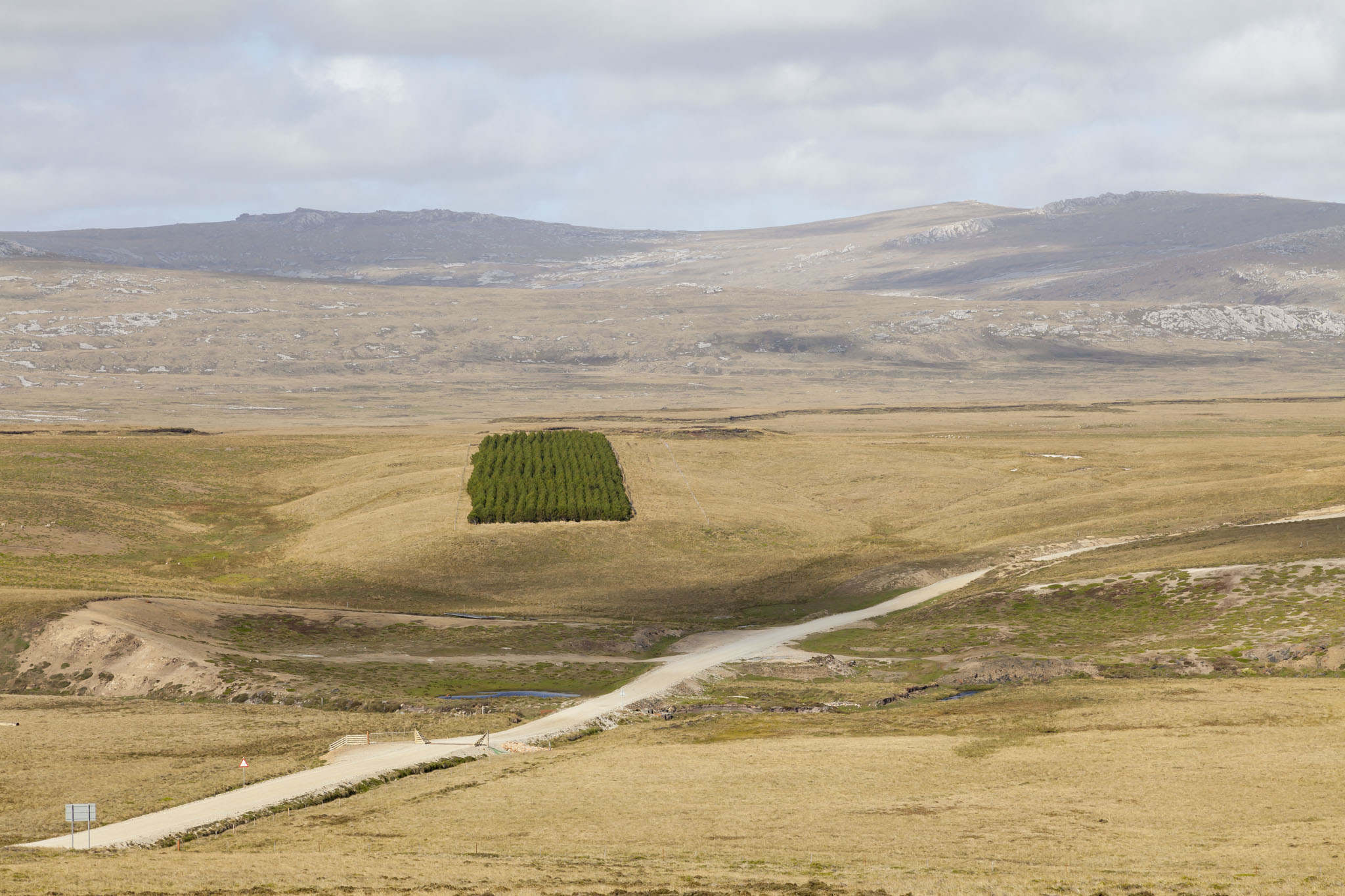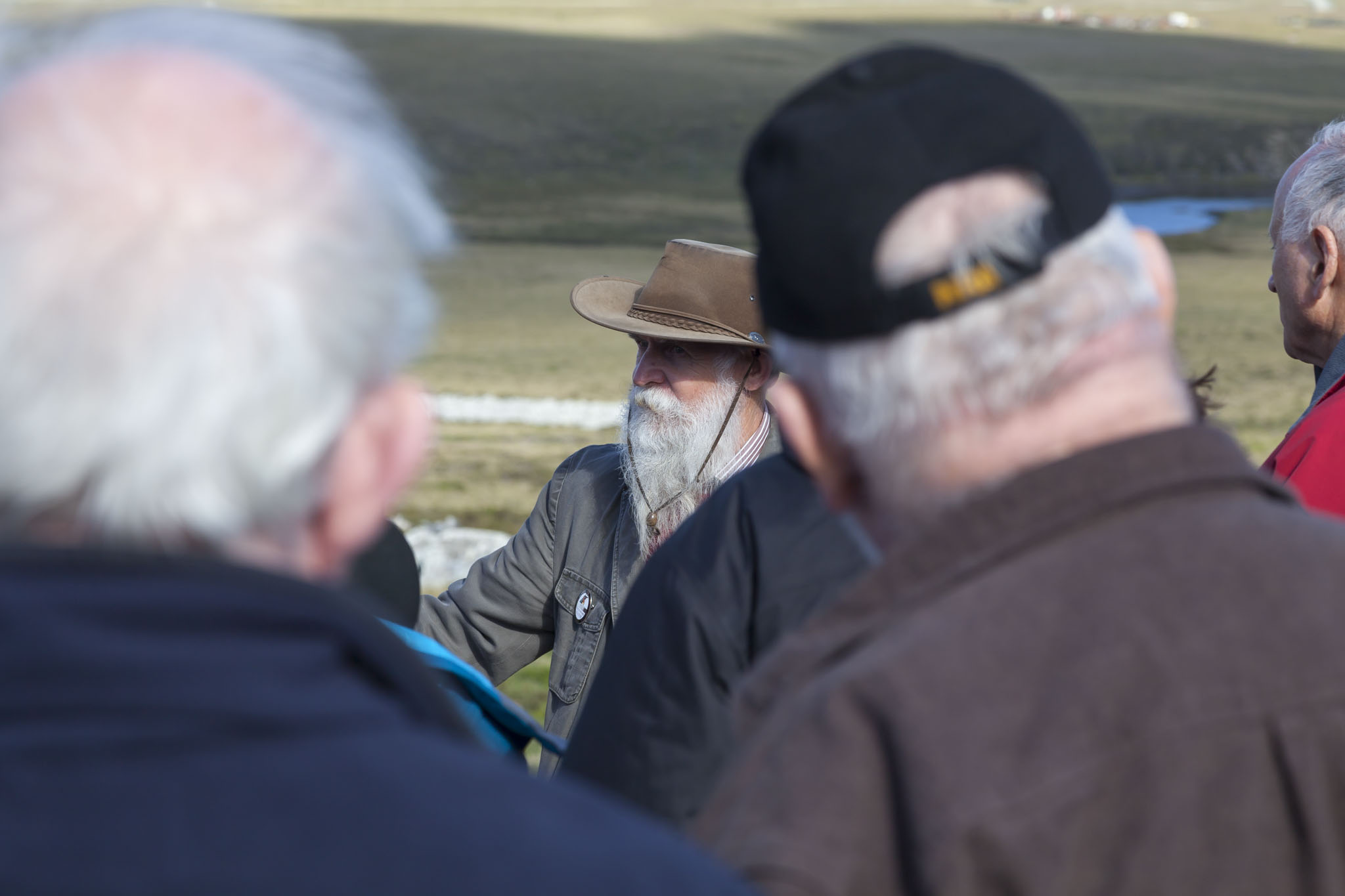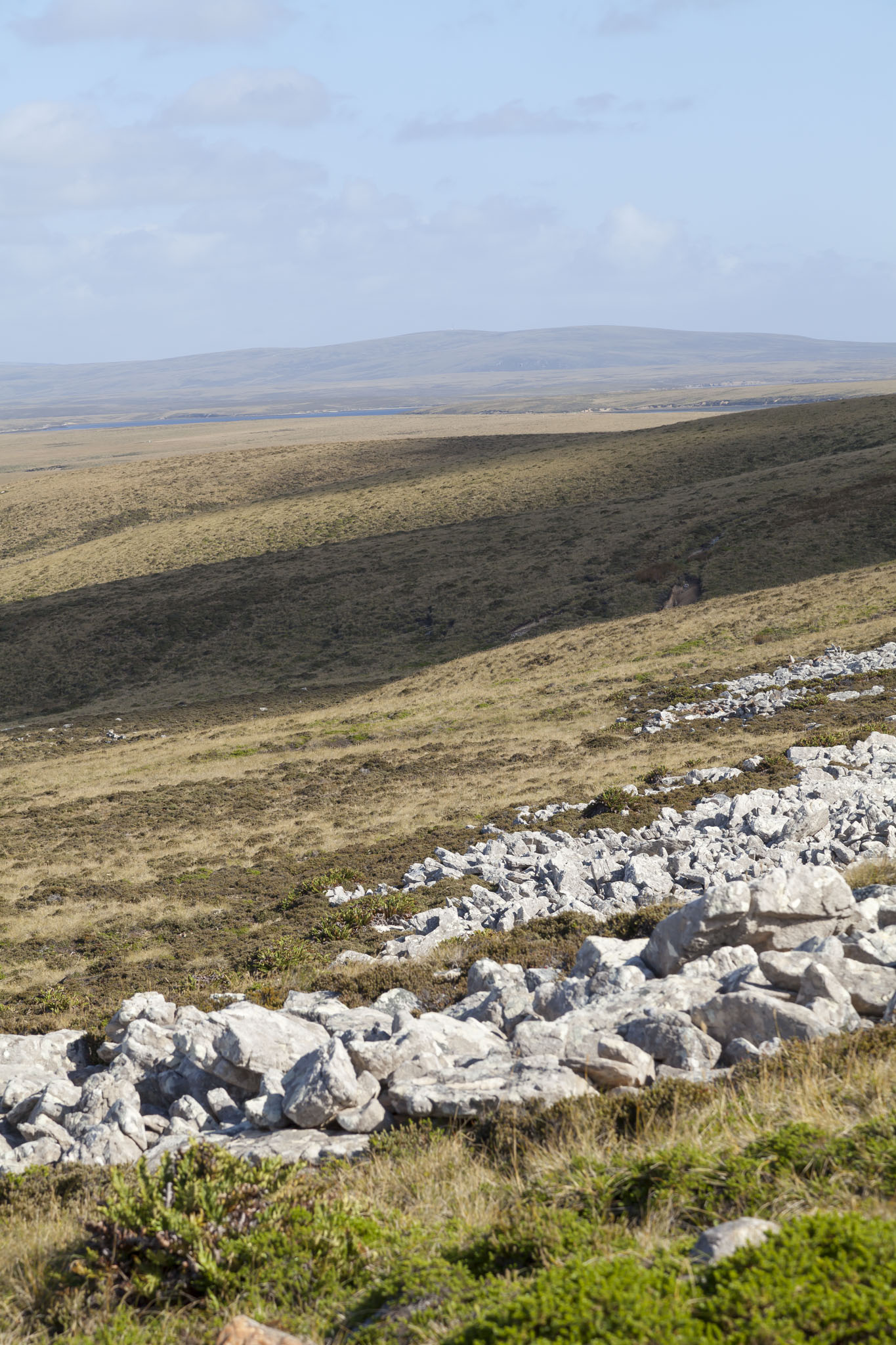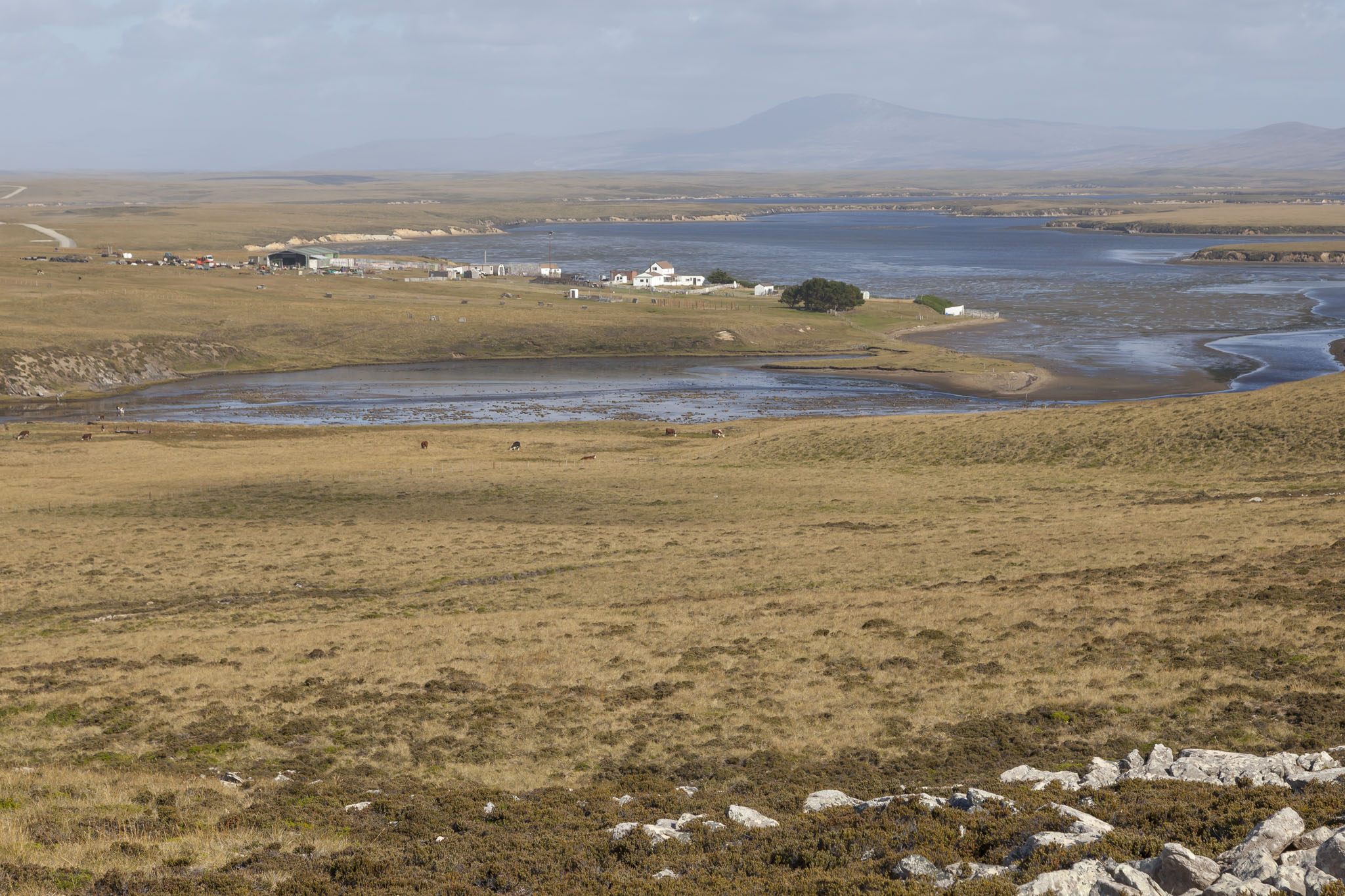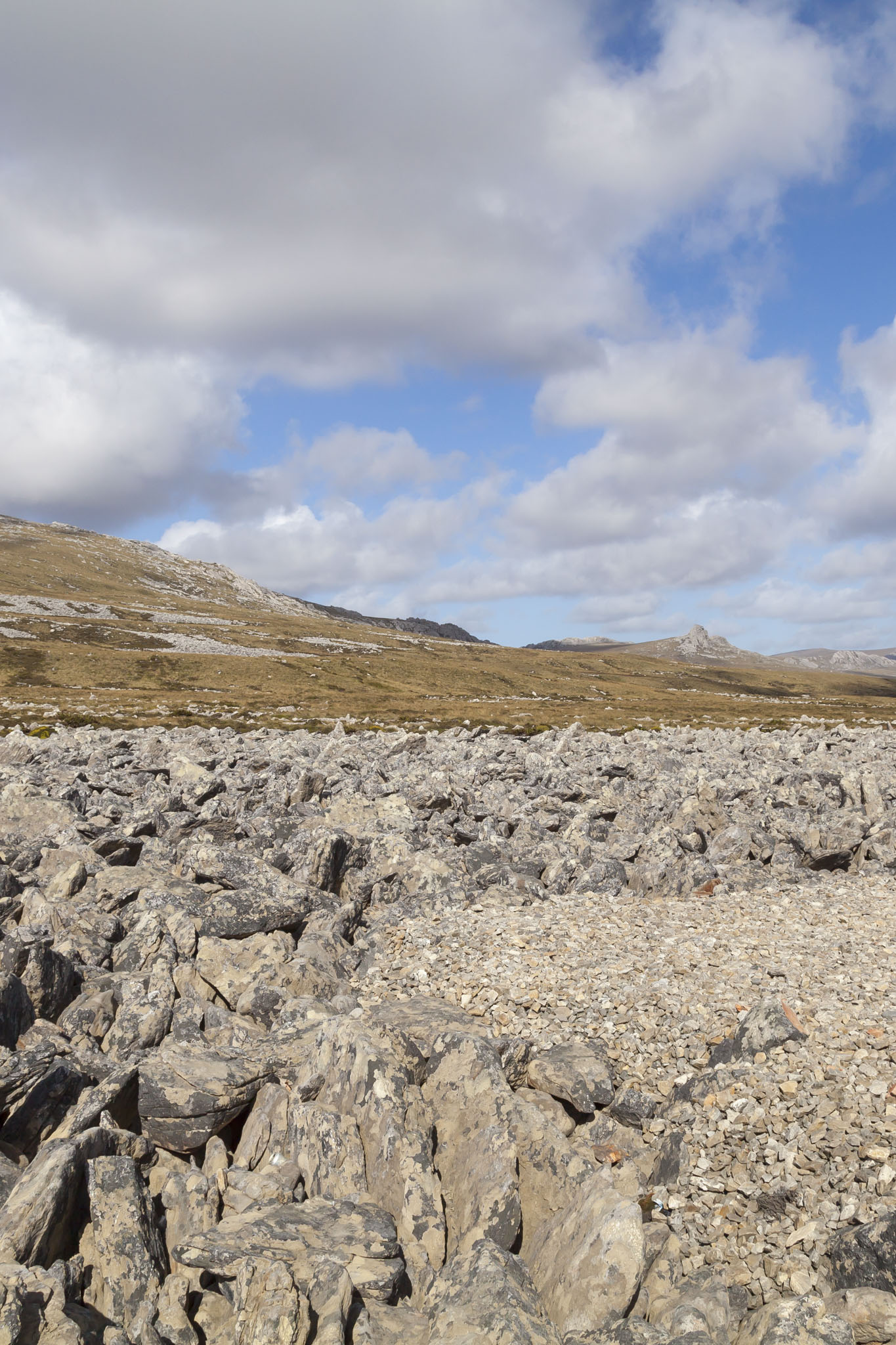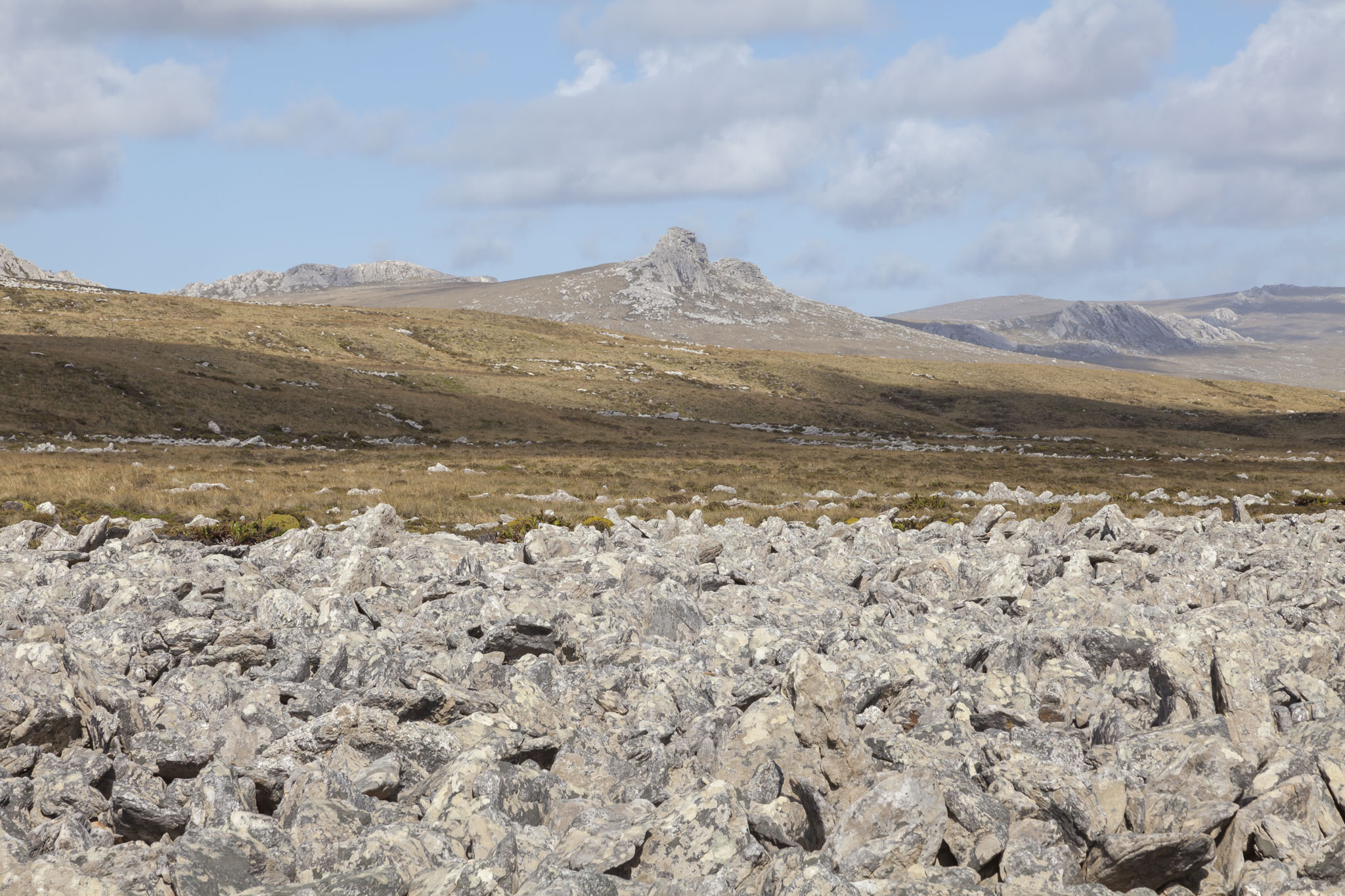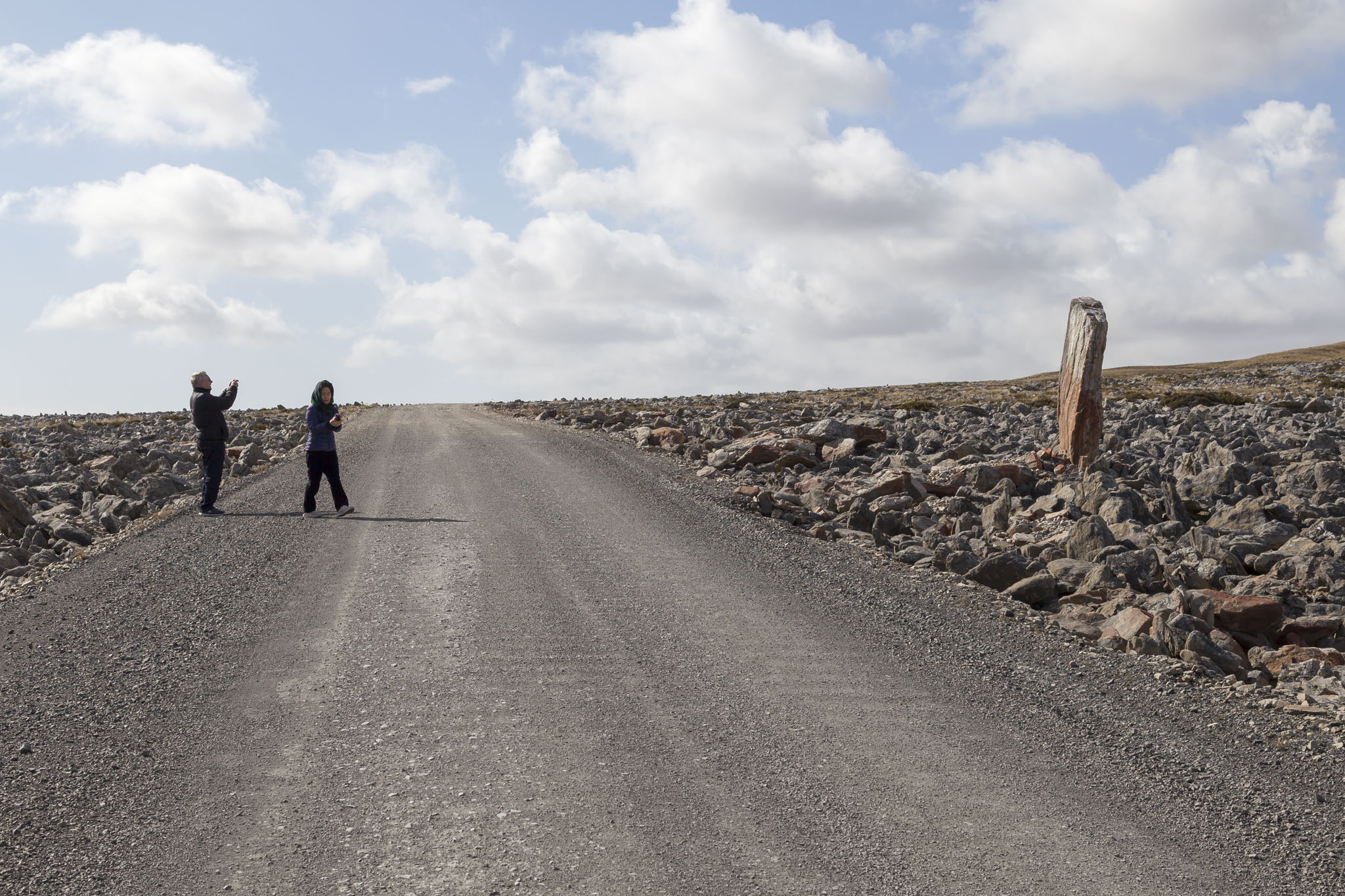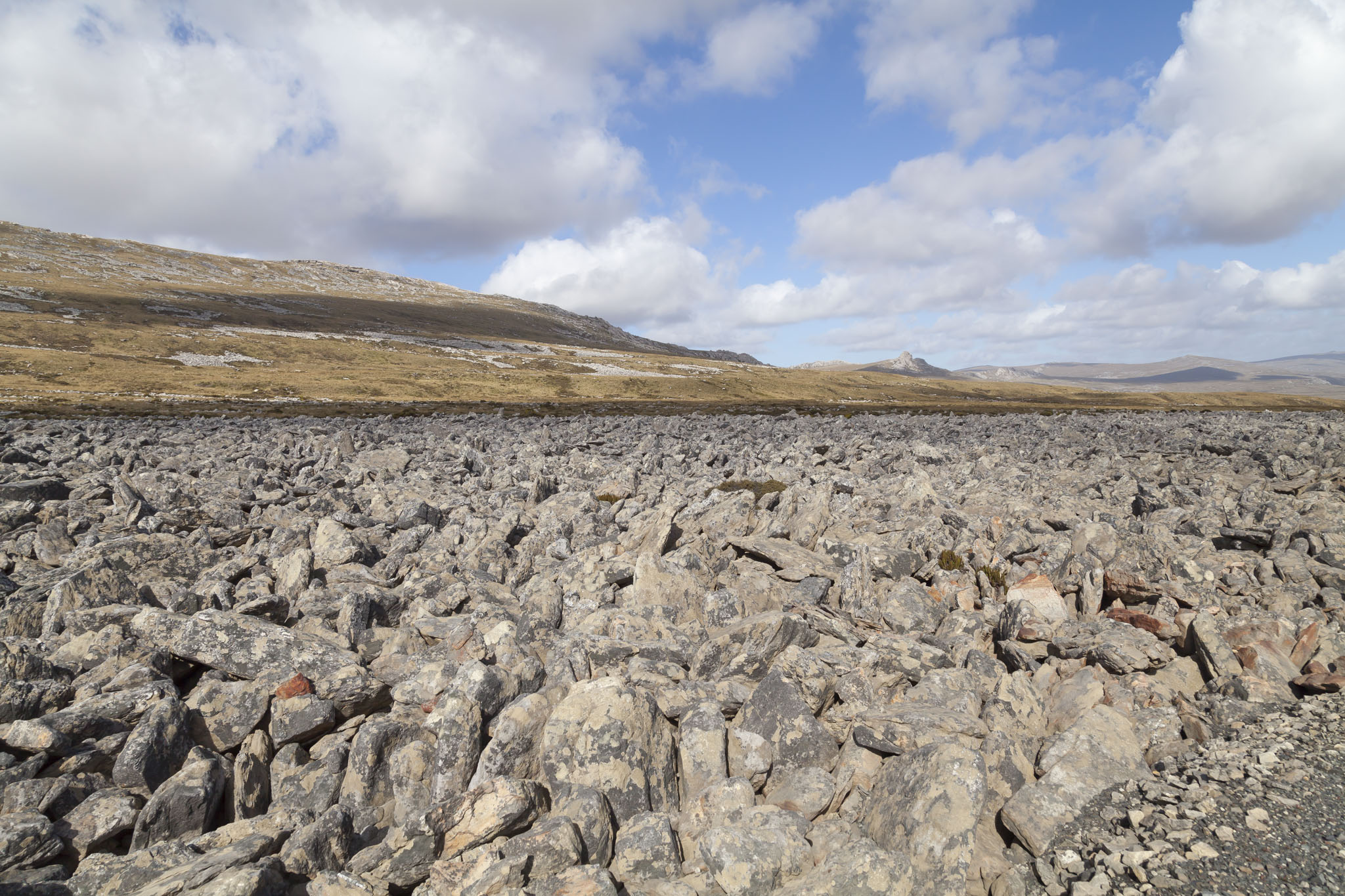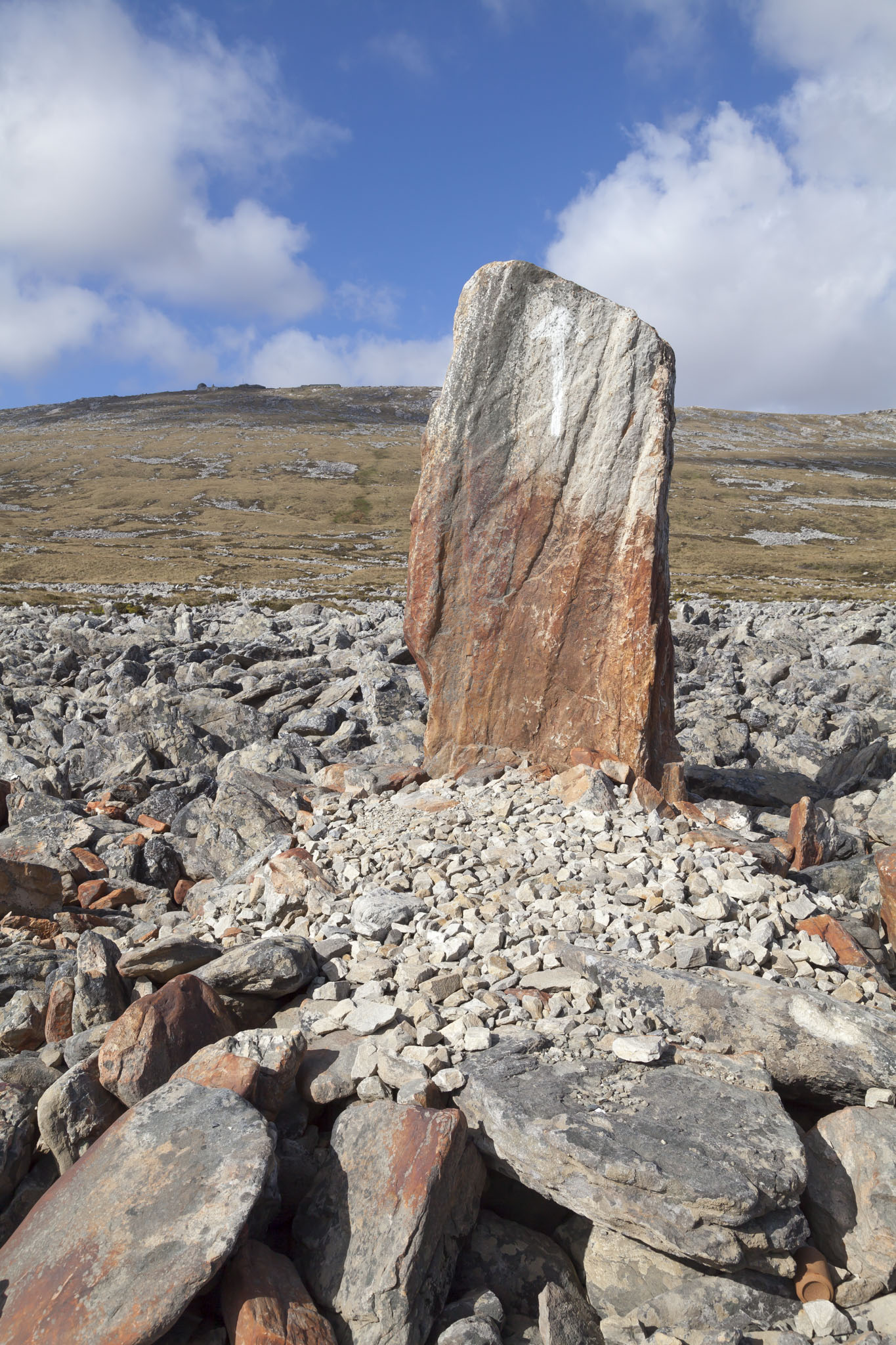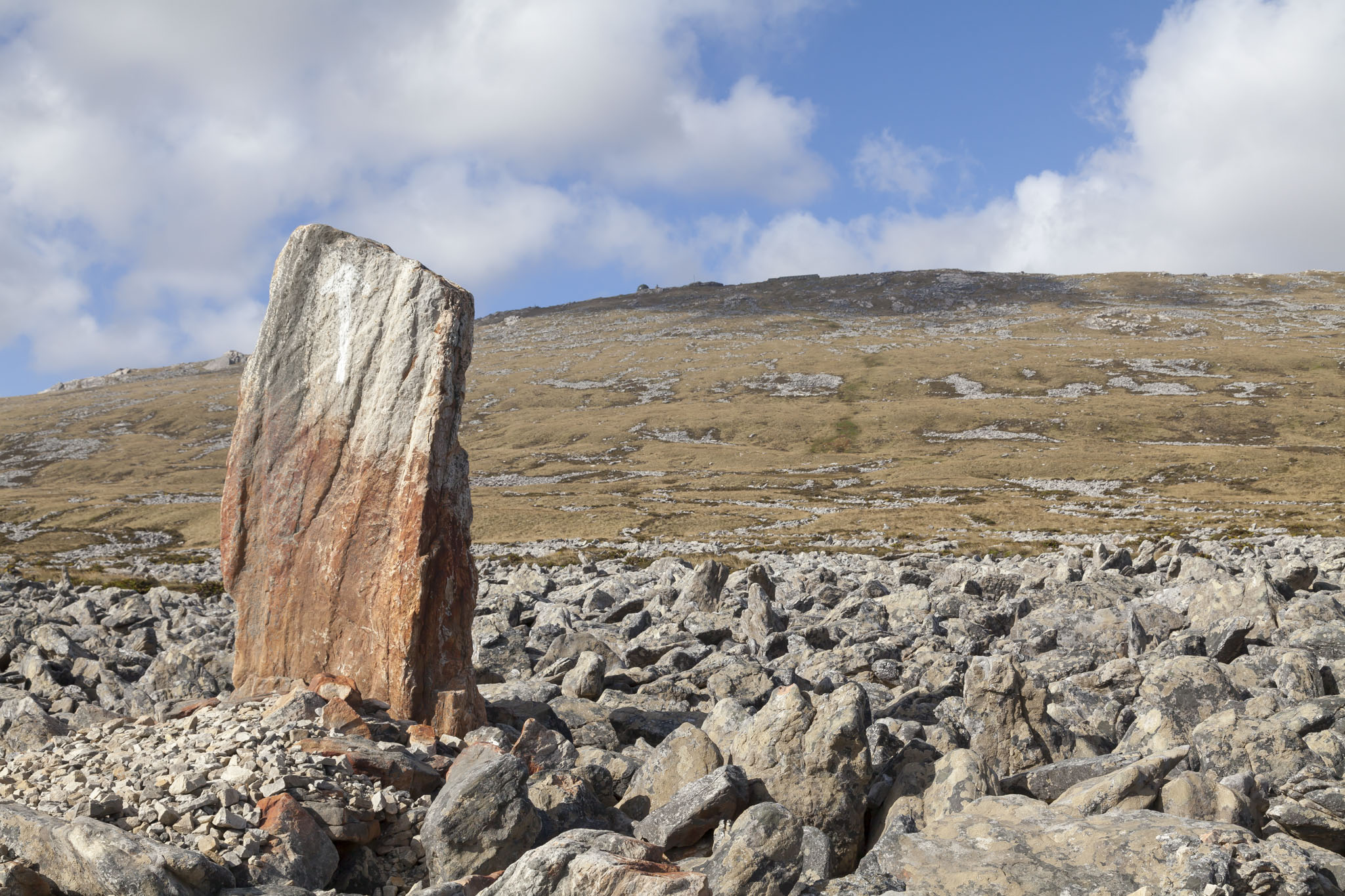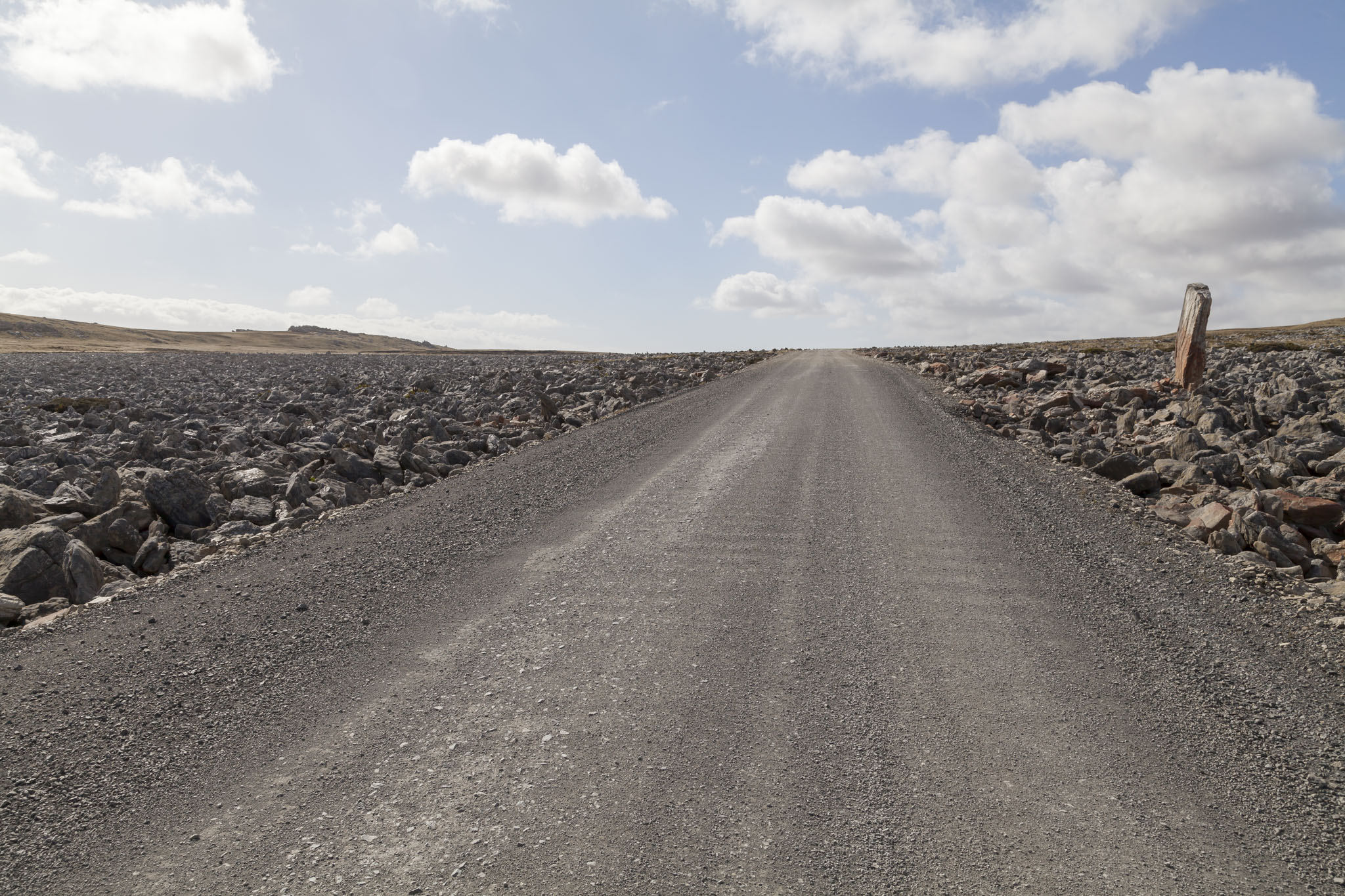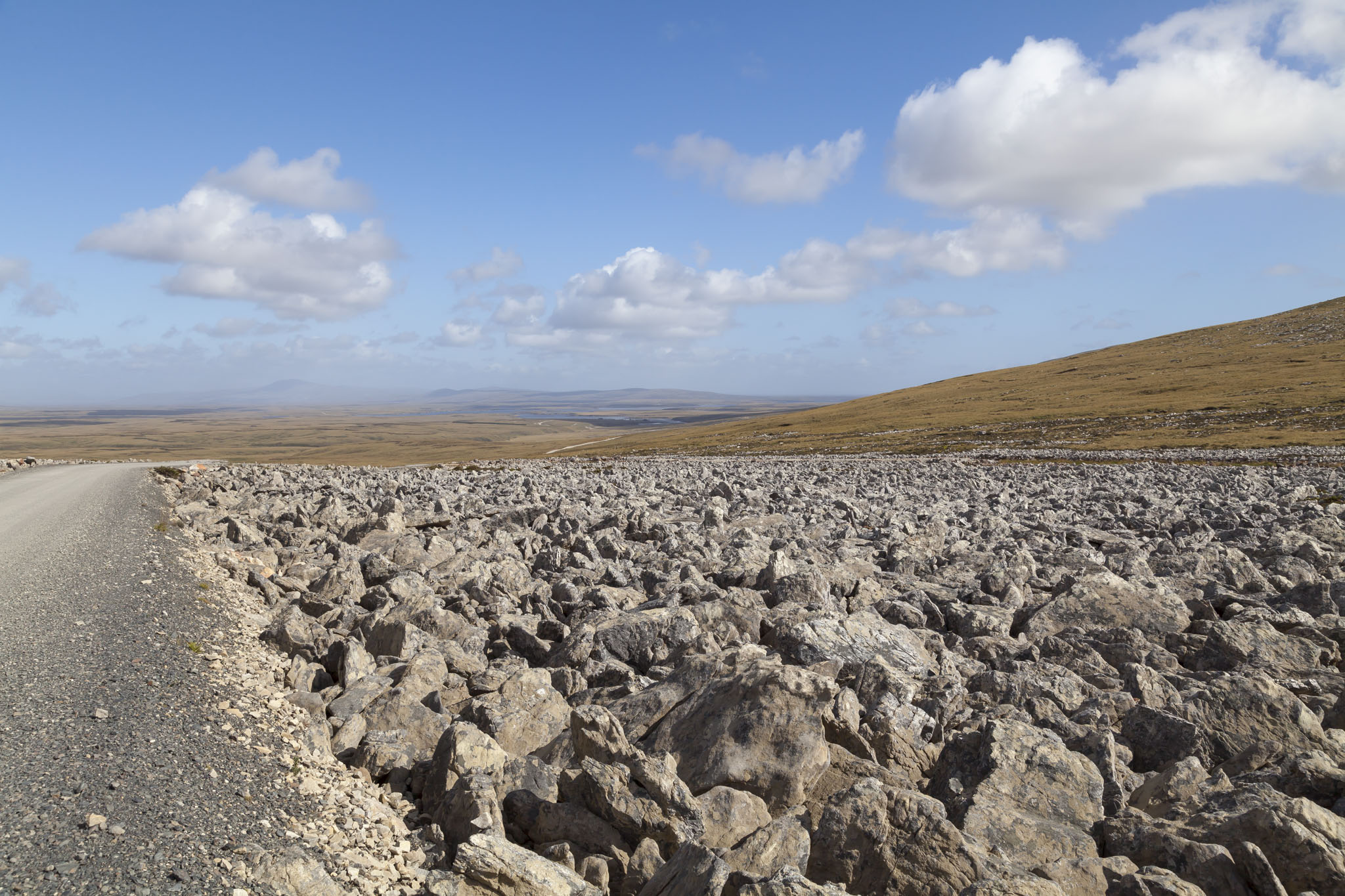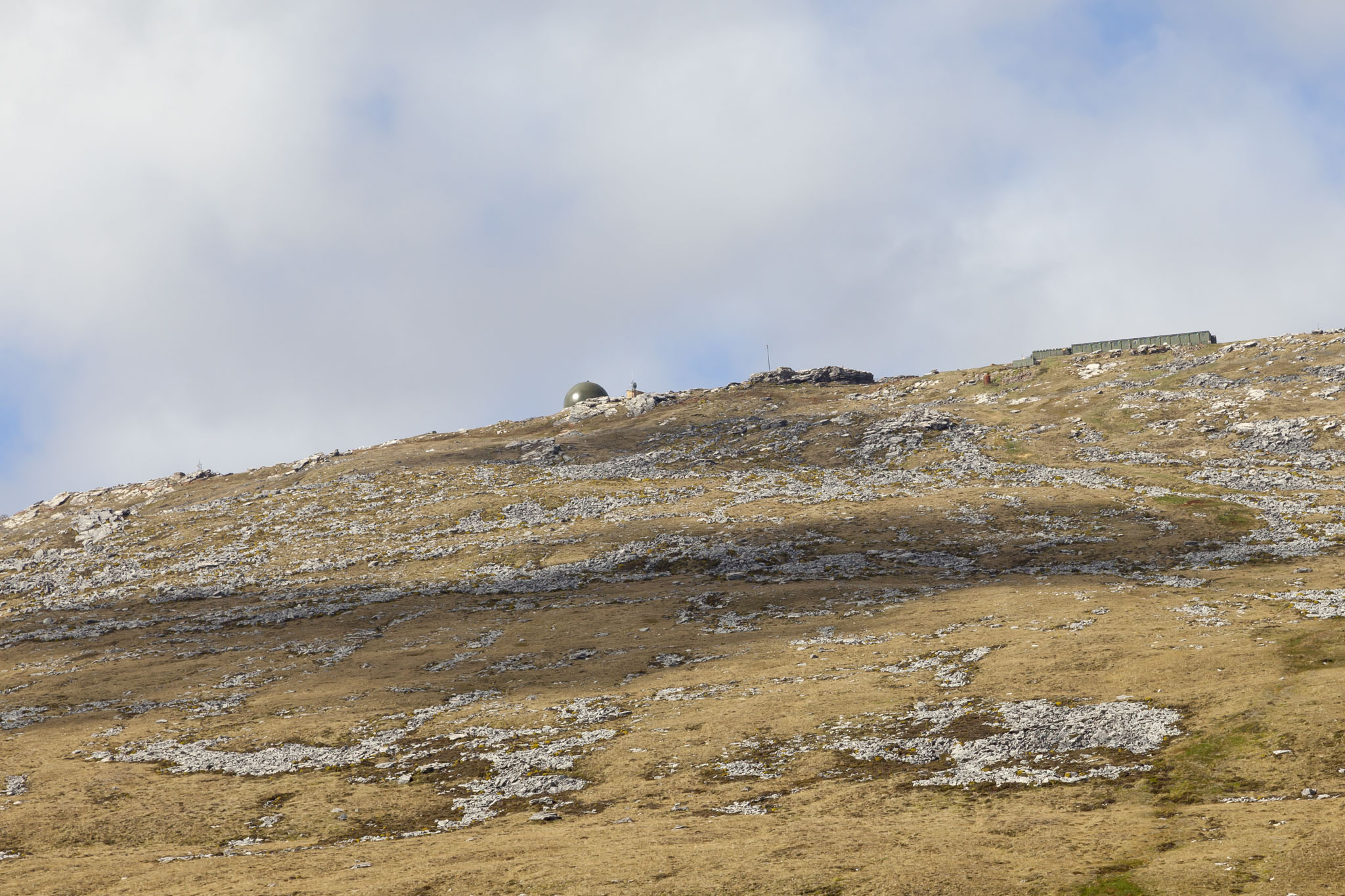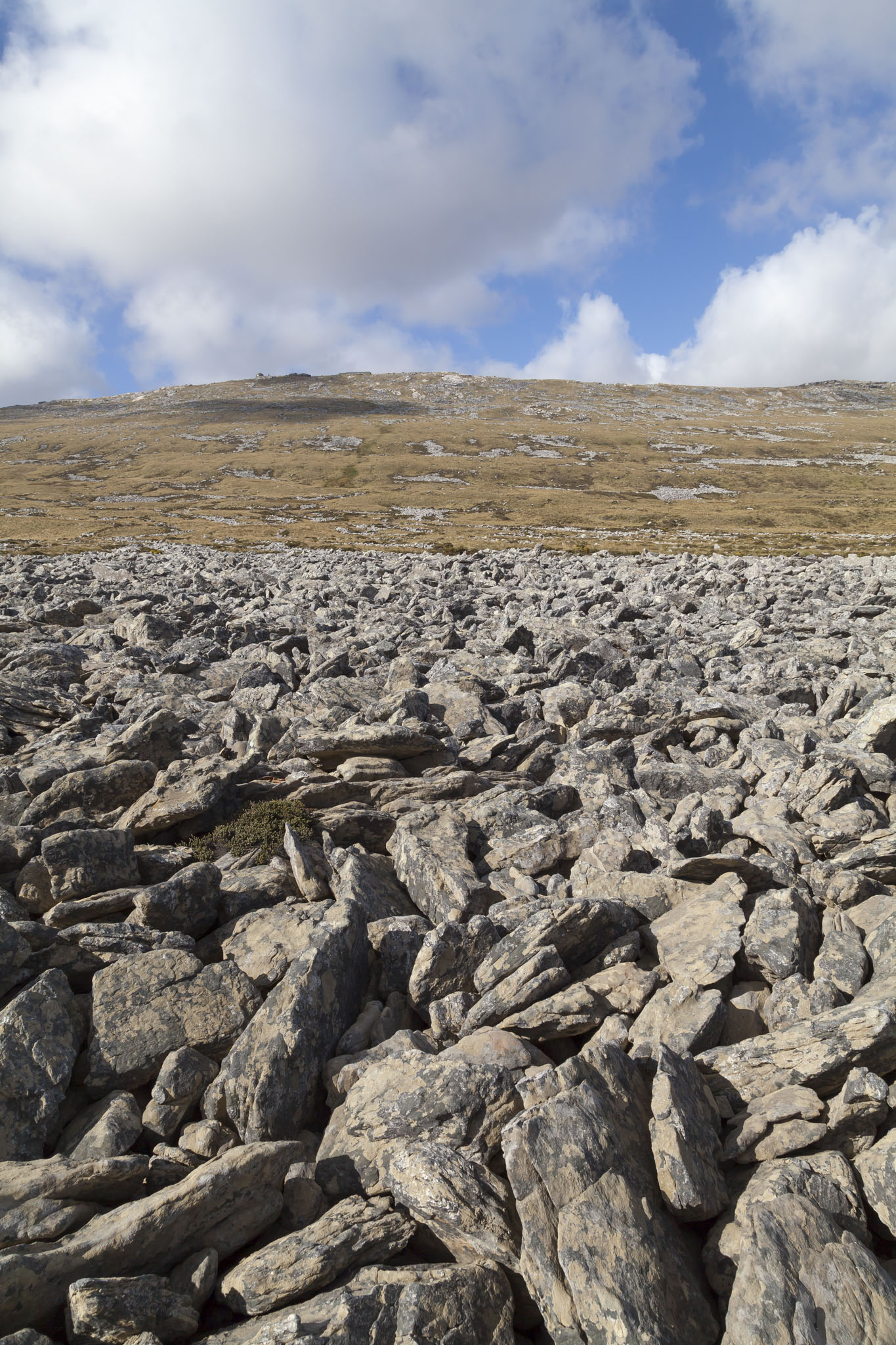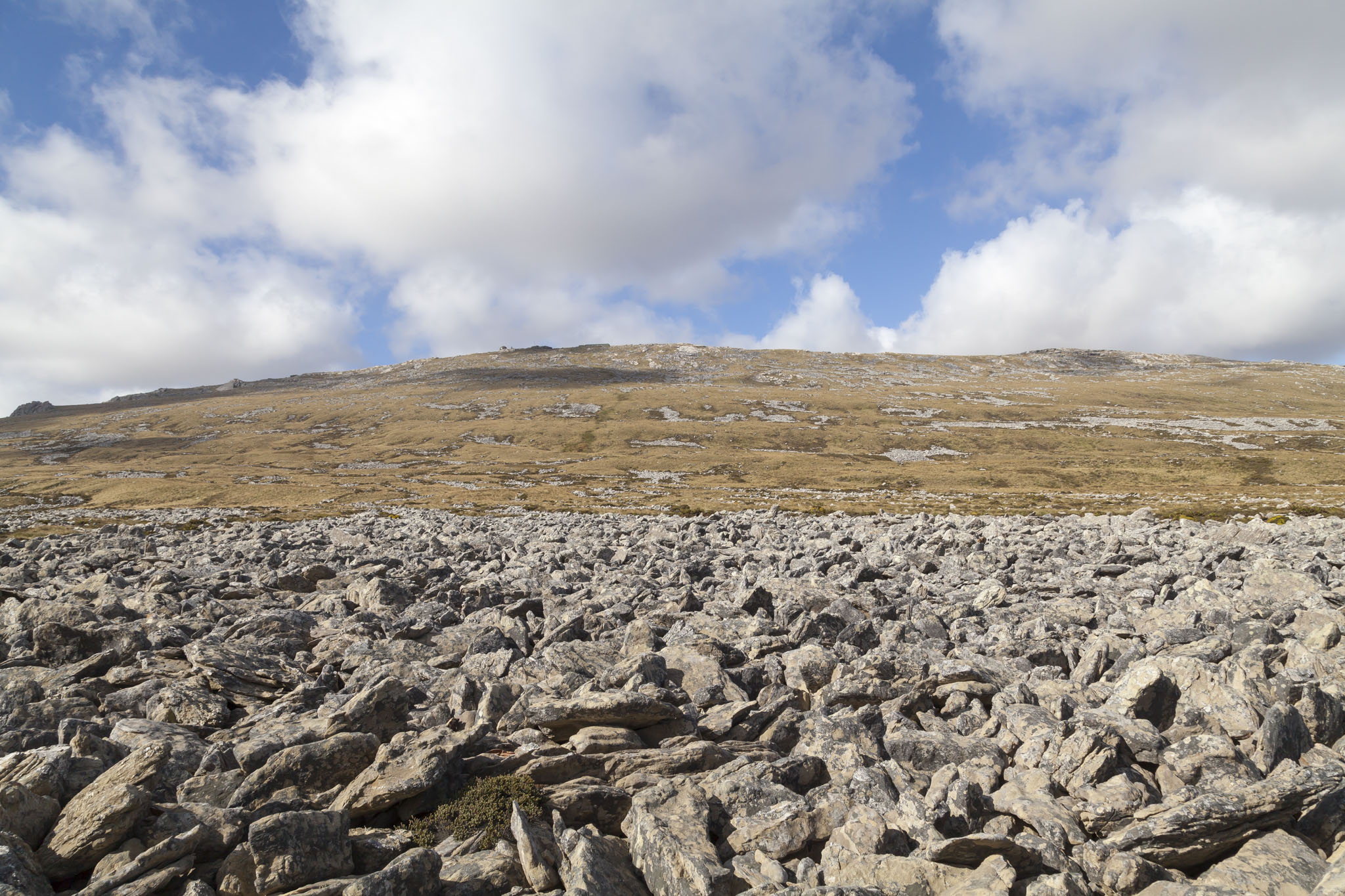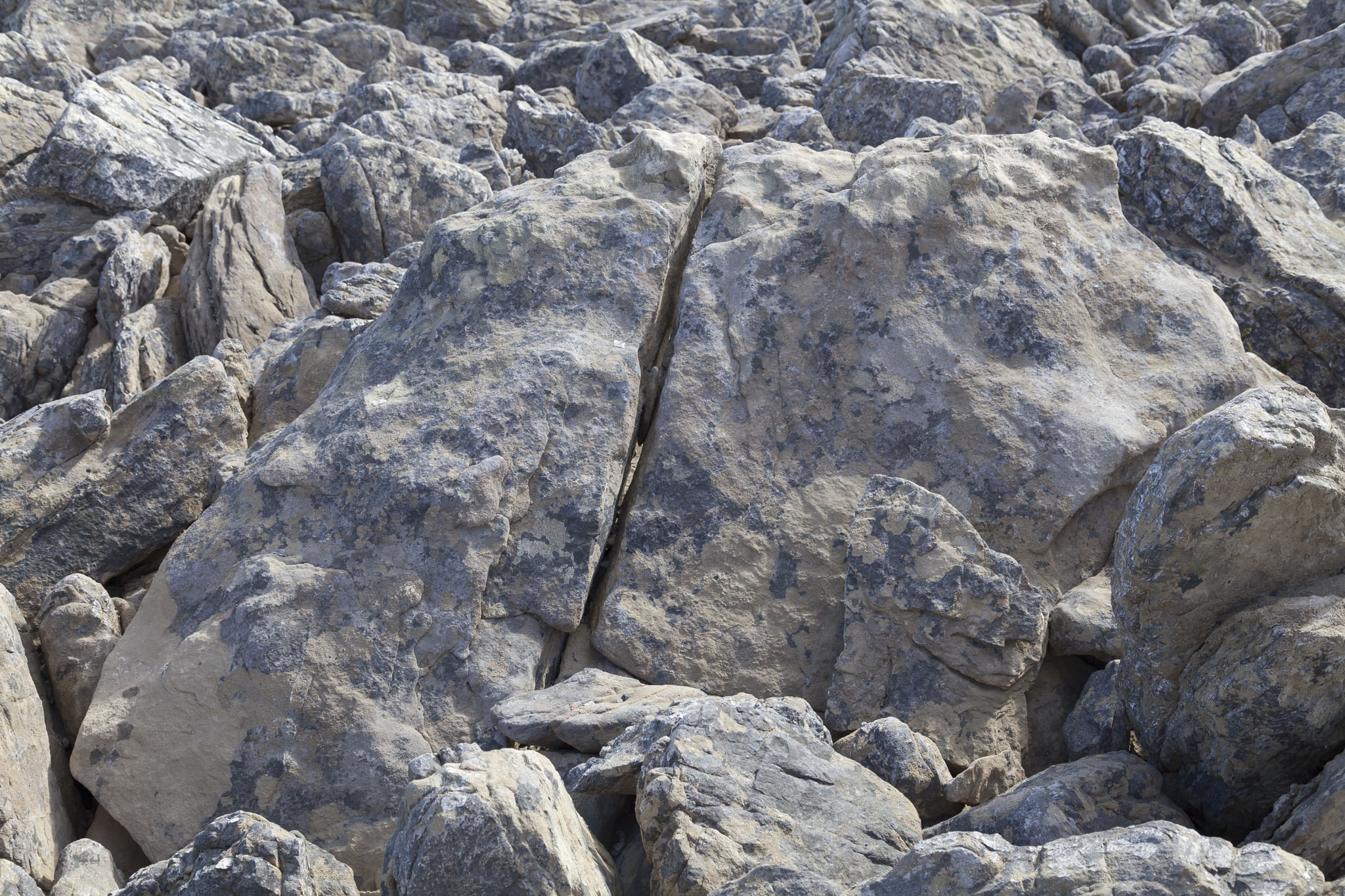The excursion we’d booked for our day on the Falkland Islands was a relatively short one that would take us to a few of the battlefield sites of the 1982 Falklands War and leave us plenty of time to explore the capital of Stanley on our own. Our battlefields tour of the Falklands began with a drive out to a viewpoint overlooking Estancia.
The drive to Estancia (passing through the islands’ only traffic light) consisted mainly of some of the history and geology of the Falkland Islands, both of which were very interesting not least because our tour guide was delightfully acidic throughout. Some poor Americans on the trip didn’t seem to get his heavy sarcasm which provided for much entertainment.
Things we learnt about the war while at Estancia:
- The Argentinian invasion force was very good, easily overrunning the small British force present; this was partly because they’d been trained by the British.
- The Argentinians weren’t signatories to the Geneva Convention so they didn’t mark where their mines were planted. As a result large areas of the Falklands are still off limits. The mines are difficult to find because they’re well-made and were sold to the Argentinians by the Americans.
- Prior to the invasion the British had stopped automatically giving Falkland Islanders citzenship. Argentina was suffering from poor economic and social policies and saw this as a political opportunity to take what they considered theirs and to be treated as heroes by the people of the islands.
- The Argentinians treated the Falkland Islanders very well, respecting their property and privacy (at least, initially).
- Argentina did not think that Britain would respond on account of the distance and surprise element; it was therefore somewhat shocked to discover Britain had arranged all the logistics for the fleet departure inside three days.
- Argentina had tried a similar political trick in the 1970s by invading three Chilean islands. Pinochet, friends with Thatcher, decided to help out matters by mobilising this army on the Argentinian border. This forced Argentina to withdraw the highly trained troops who had taken the Falklands to where they might be needed, replacing them with less experienced soldiers from a hasty draft.
- The hospital insisted troops couldn’t be present when children were being born in order to make sure that all children born during the occupation were born under British flags.
- The schools were instructed they had to have Argentinian flags and sing the Argentinian national anthem each morning so they all closed.
- As British troops started to land and were taken care of by locals coded messages were passed as to locations and requirements using the local radio station’s regular phone-ins.
Leaving Estancia we parked up briefly near Mount Kent before our next proper stop for a bit of a discussion about the geology of the rocks in the area. We were also told that the military- and scientific-looking installation on the top of the mountain wasn’t on any maps and didn’t exist. We were shown a large rock with an arrow on it pointing at the installation and were told again very clearly that the thing it was pointing at was not there.
